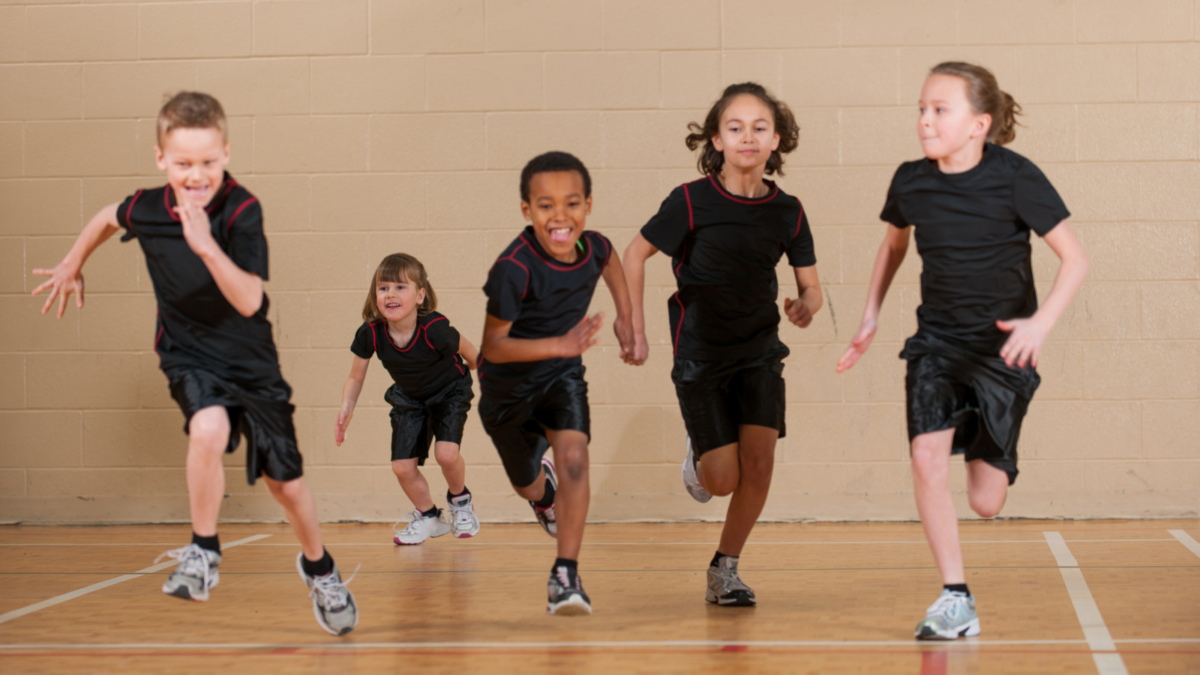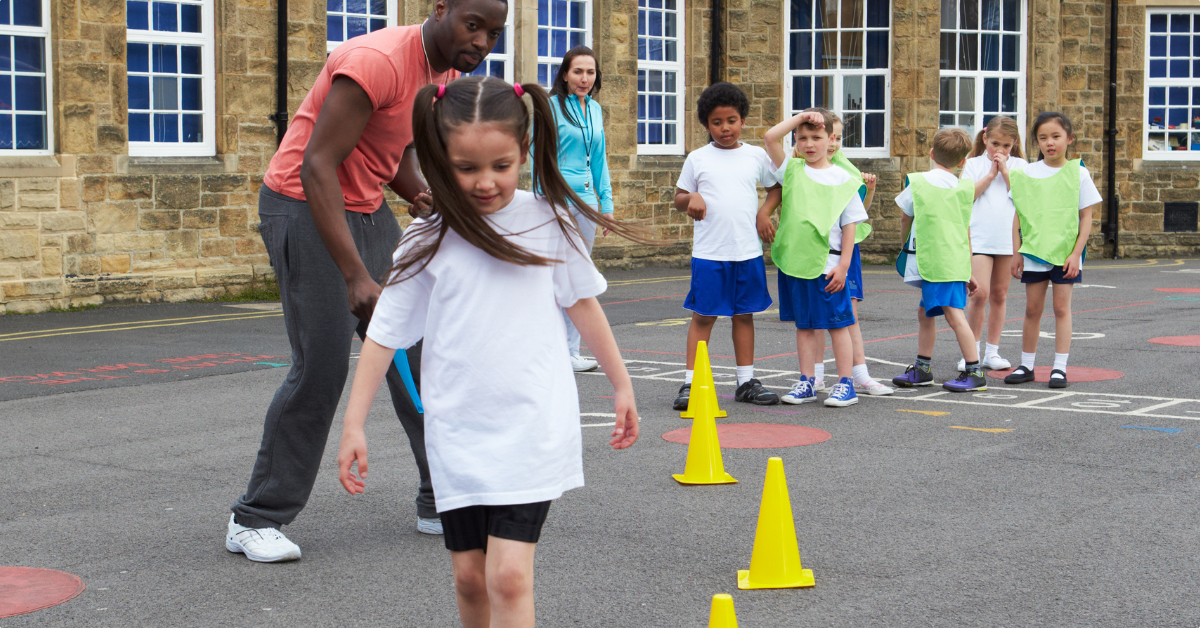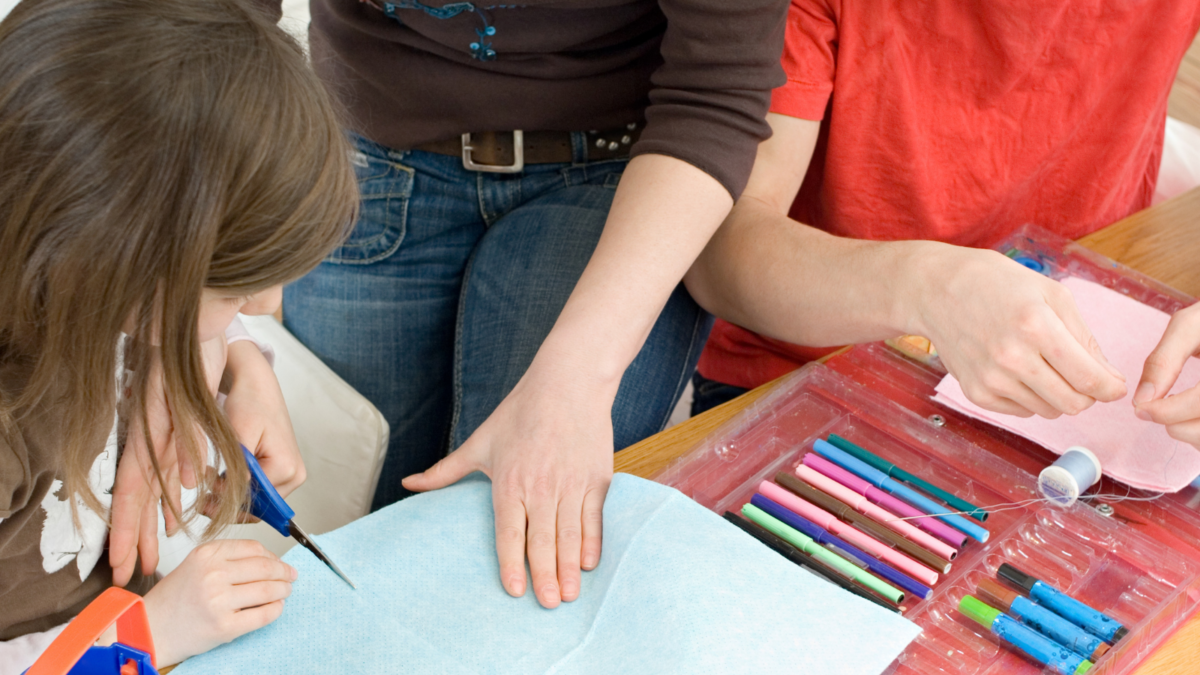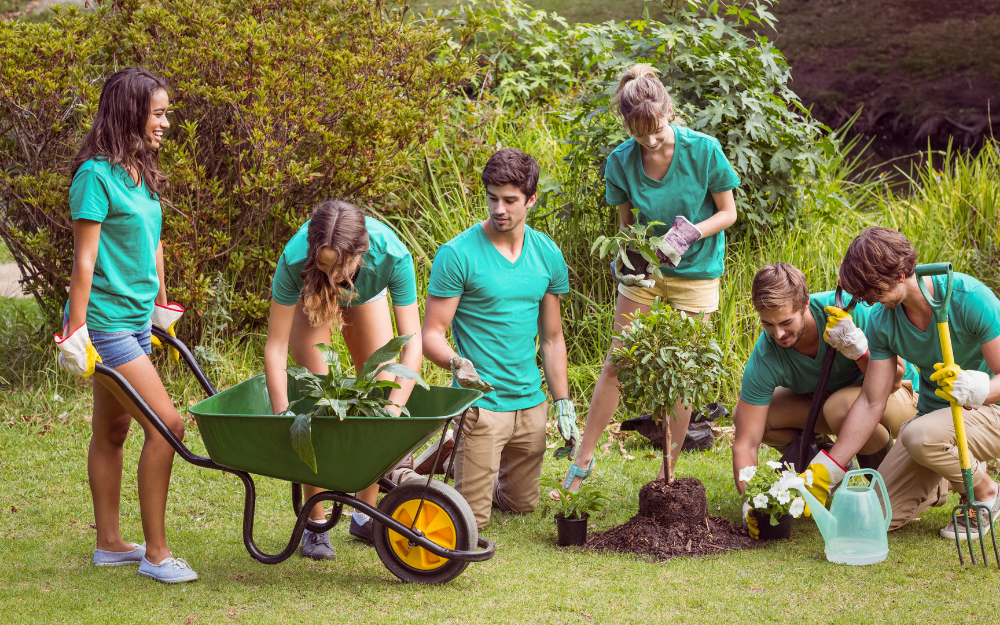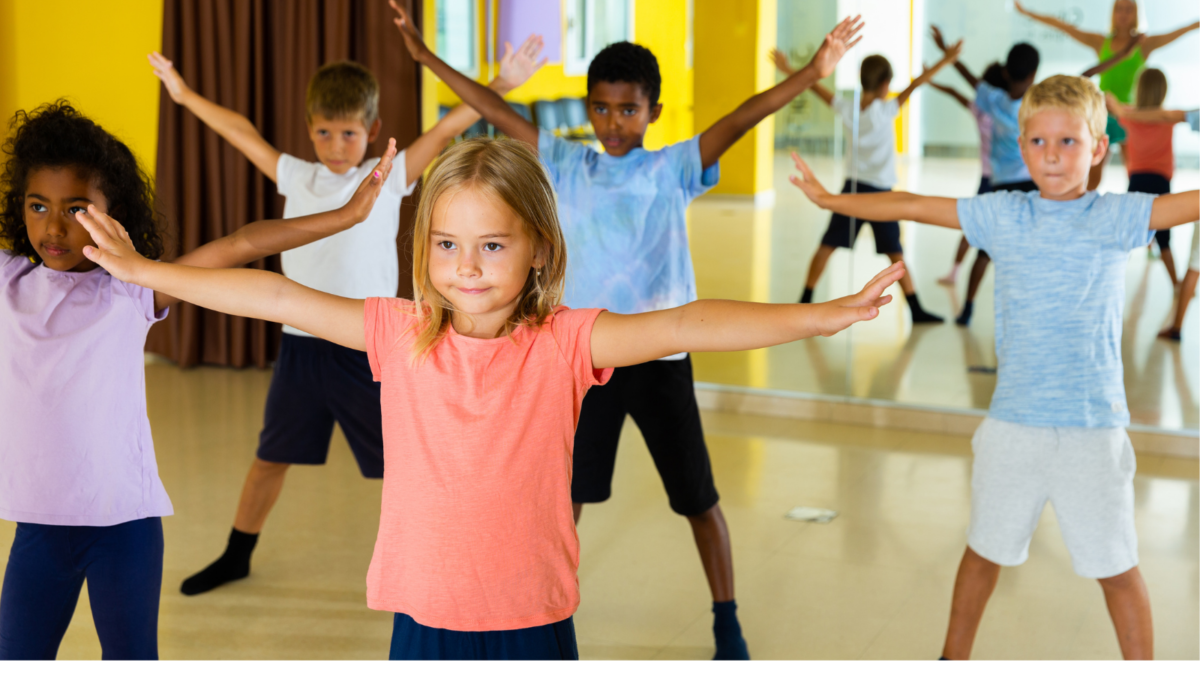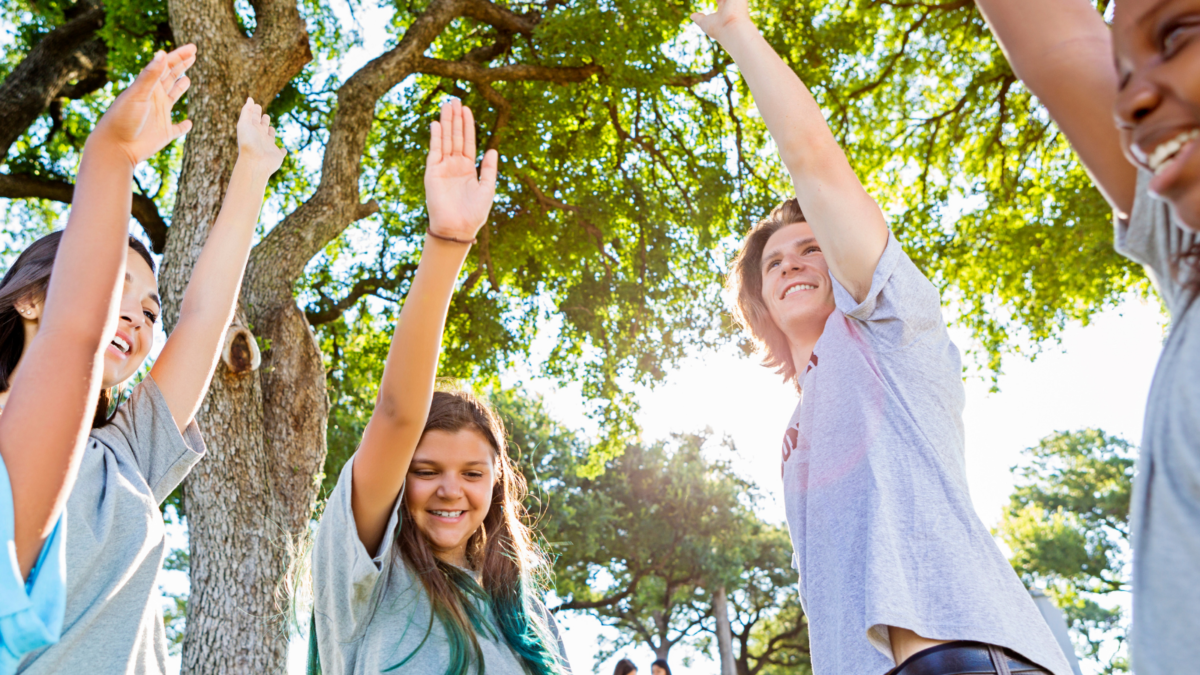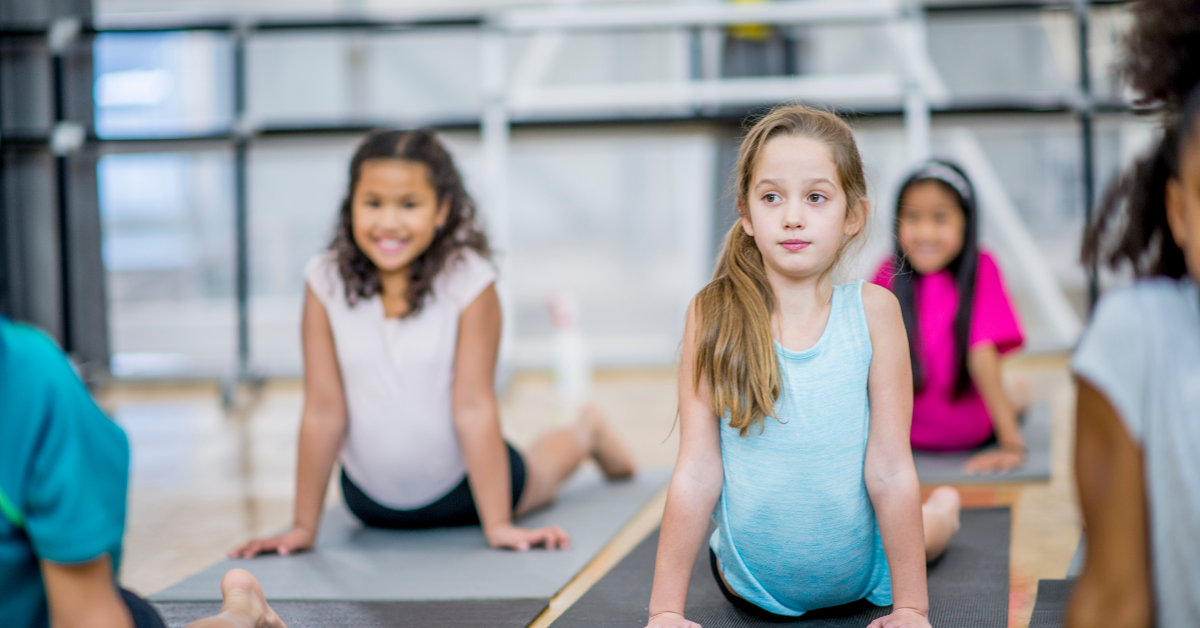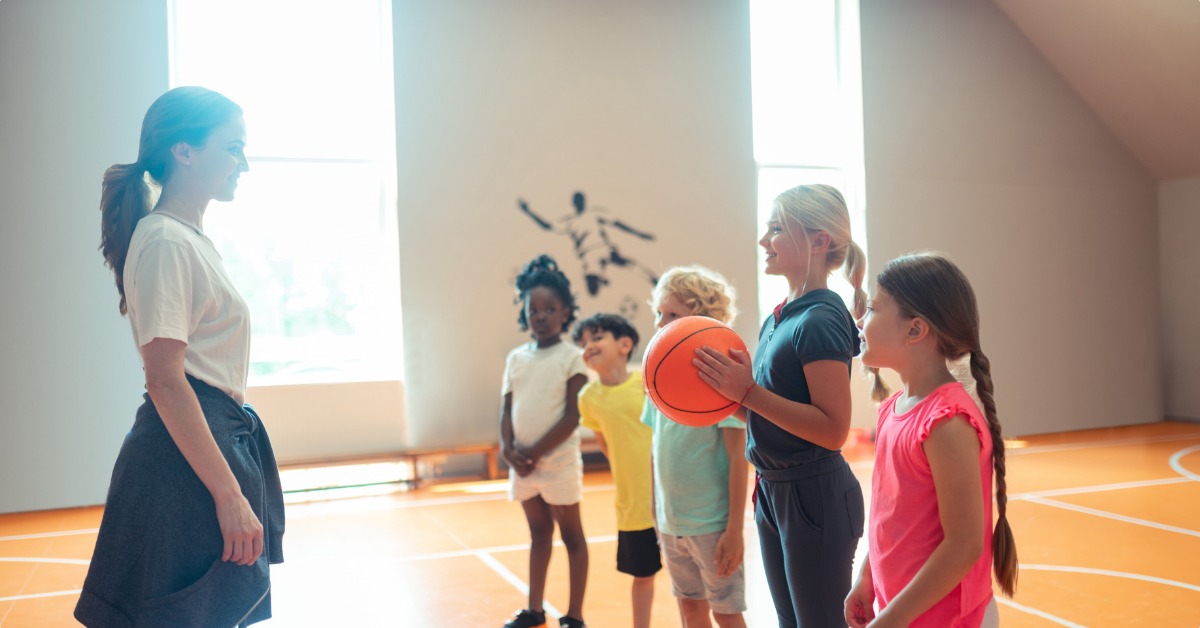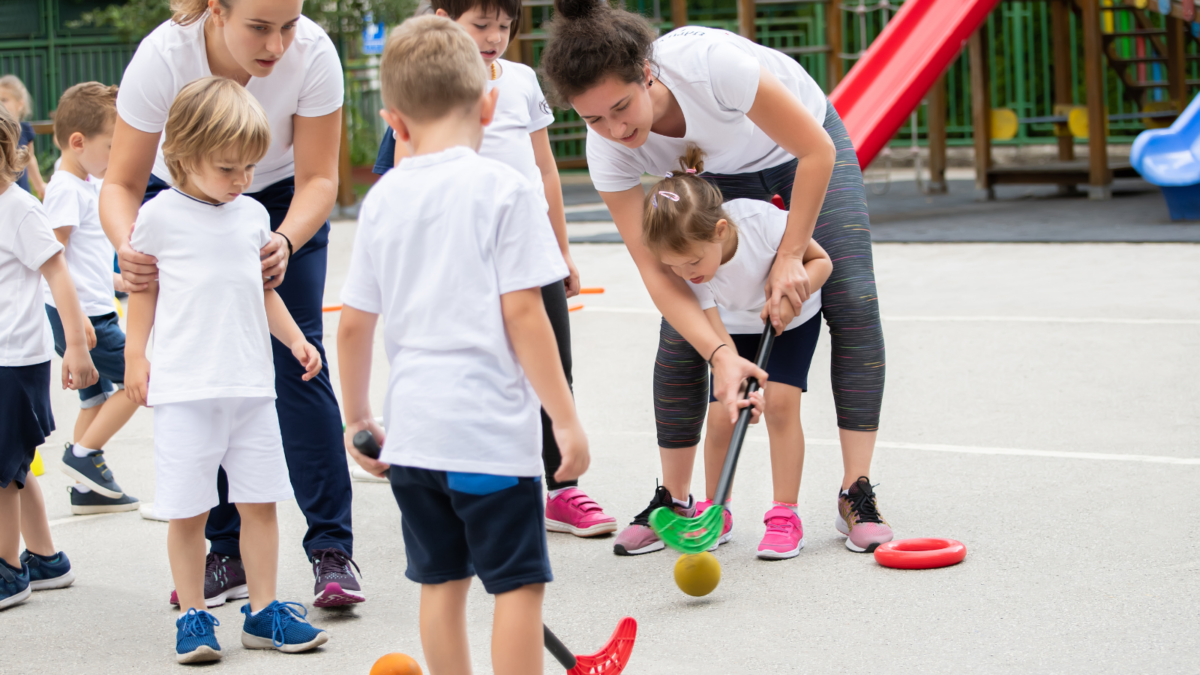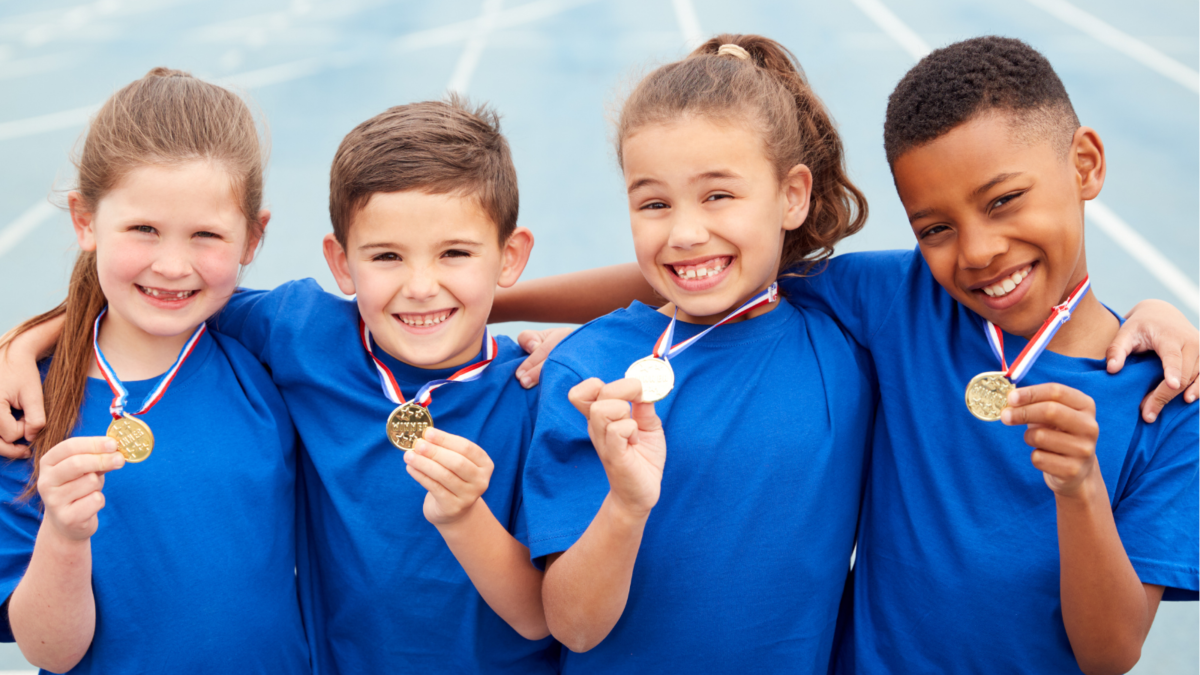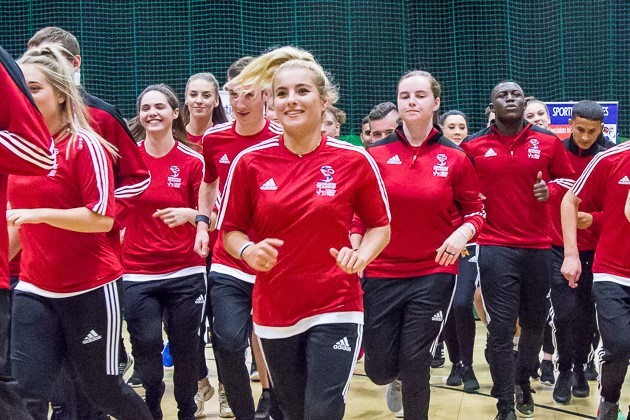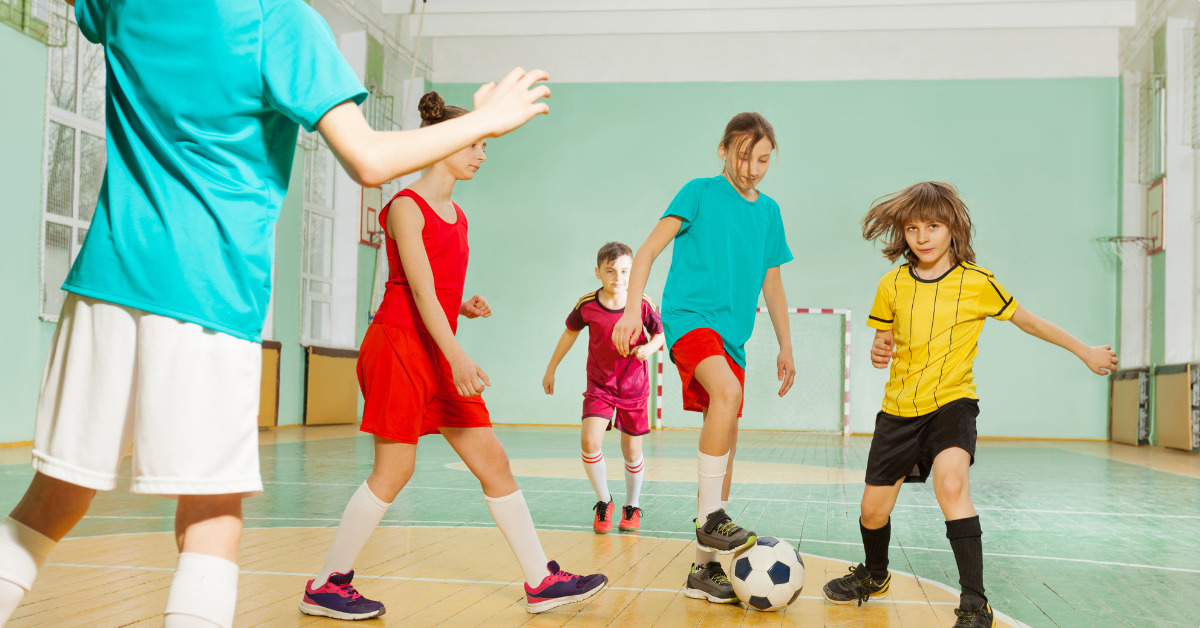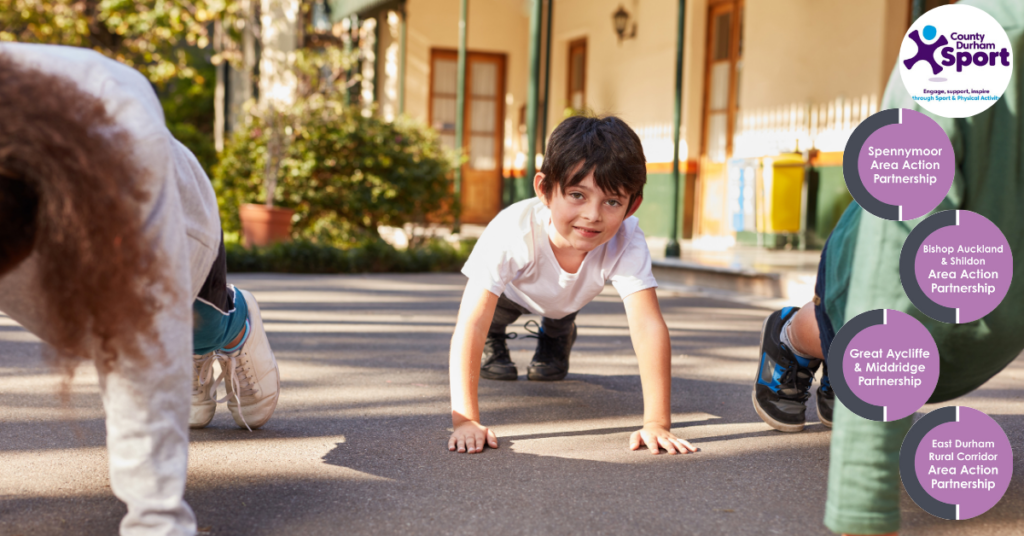As educators, we all know the power of movement. It is not just about physical health; it’s about building confidence, resilience, and a love of learning. Unfortunately, recent data paints a concerning picture of children’s physical activity levels in England. Over half (53%) of children and young people are not meeting the recommended 60 minutes of daily physical activity.
That is a statistic that should give us all pause. To add to this:
- Activity levels among children aged 7-9 are the lowest (40%).
- Only 44% of children from the least affluent families are meeting the Chief Medical Officers’ guidelines, compared to 55% of children from the most affluent families.
- The gender gap in activity levels is already evident in infant school (Years 1-2).
We have work to do.
We know dedicated primary teachers and headteachers are doing fantastic work in challenging circumstances. Time and resources are precious commodities, and the pressure to deliver across the curriculum is immense. However, let us take a moment to consider why prioritising physical activity matters so much:
● Active Children Learn Better: Research consistently shows that physical activity improves children’s cognitive function, attention and engagement in the classroom. It is a win-win; active bodies lead to active minds, ready to absorb knowledge and tackle new challenges.
● Building Life Skills Through Movement: Beyond academic performance, physical activity is a powerful tool for developing essential life skills. Teamwork, resilience, self-discipline, and communication – all these qualities are fostered on the playground, in an active classroom, and on the sports field. These are the skills that will help our children thrive, not just in school, but in life.
● Mental Wellbeing and Social Connection: In today’s world, supporting children’s mental well-being is more important than ever. Physical activity is a proven mood booster, reducing stress and anxiety while fostering a sense of belonging and connection. We all want our children to feel happy, confident, and connected – physical activity can play a vital role in achieving that.
Go Well: Your Partner in Creating Active Opportunities
At Go Well, we understand the challenges facing primary schools. Our mission is to empower you to create a school environment where movement is celebrated, where physical activity is seamlessly integrated into the school day, and where every child discovers the joy of being active.
How can we help?
● SMILE Days: Inject a burst of excitement and energy into your school with a Go Well SMILE Day. These fun-filled activity days introduce children to a wide range of sports and activities – from Dragonball to Hoopstarz to Quidditch. It is a fantastic way to broaden horizons, spark new passions, and create positive memories that will last a lifetime. Find out more here.
● Specialist PE Teacher Support: Whether you need help with curriculum planning, assessment or developing teacher confidence, our team of highly qualified PE specialists is here to provide tailored support. We work collaboratively with you to identify your school’s specific needs and develop strategies that maximise the impact of your PE provision.
● Move with Max: Move with Max is an evidence-based movement program aimed at EYFS that teaches fundamental movement skills through readily available storybooks. Supporting children to move well in the early years sets the foundation for a lifelong love of physical activity. We offer various support packages to help you maximise Move with Max in your school, including taster sessions, bespoke support for your EYFS teacher and a full-day CPD course.
Let Go Well be your partner in building a brighter, healthier and more active future for your pupils. Together we can make a real difference. Contact info@go-well.org for further information on the services available to your school or MAT or view our brochure here.



